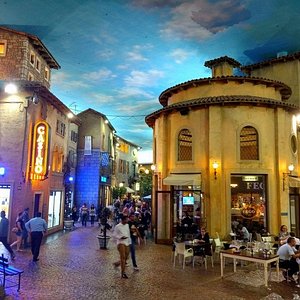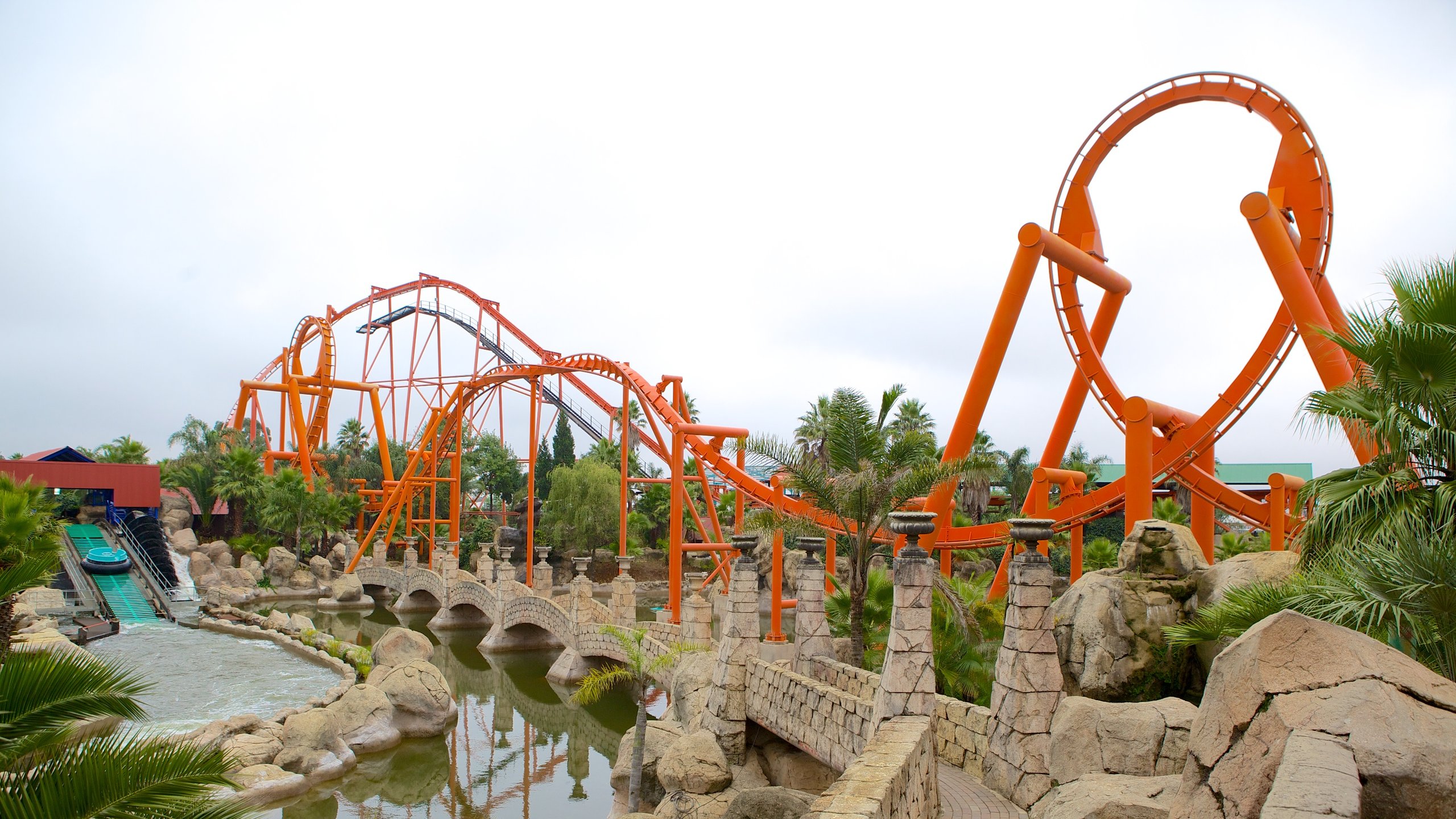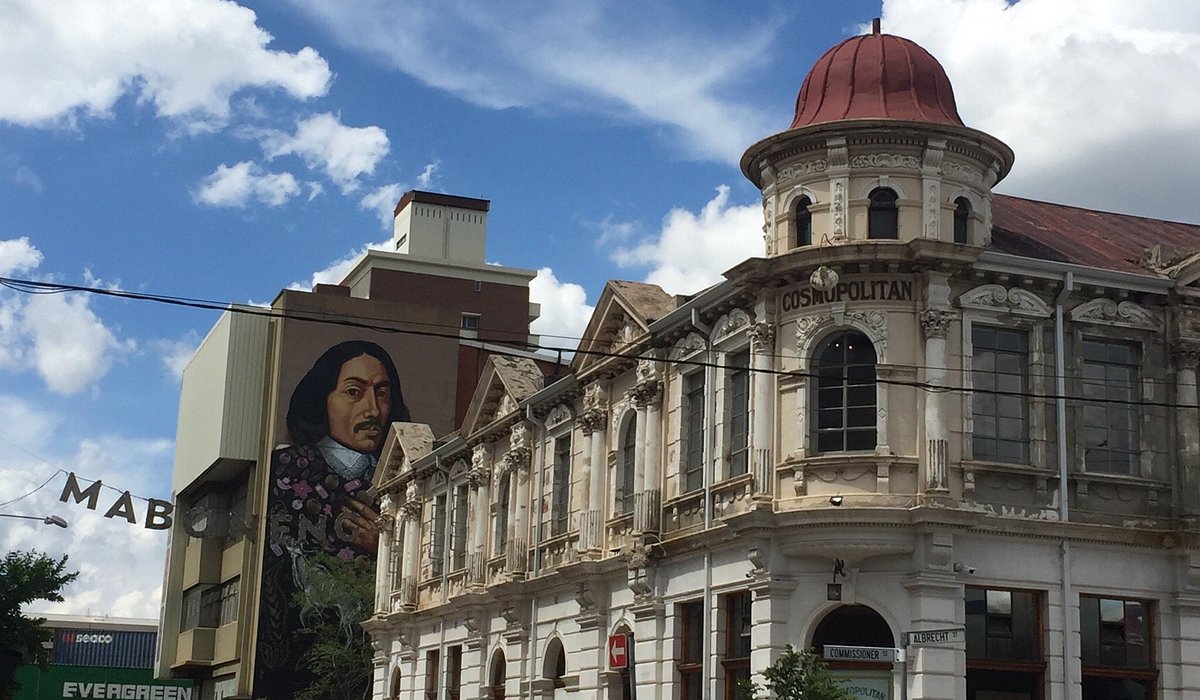The Best Strategy To Use For Johannesburg North Attractions
The Best Strategy To Use For Johannesburg North Attractions
Blog Article
Johannesburg North Attractions for Beginners
Table of ContentsJohannesburg North Attractions for BeginnersNot known Facts About Johannesburg North AttractionsThe 9-Second Trick For Johannesburg North AttractionsOur Johannesburg North Attractions DiariesJohannesburg North Attractions for DummiesThe 5-Minute Rule for Johannesburg North AttractionsNot known Facts About Johannesburg North Attractions
Nevertheless you ought to maintain safety in mind and tourists must stay sharp in any way times when in unknown surroundings. Speak to the locals when you are in community to discover the area you are remaining in. Johannesburg North attractions. When on the street (this doesn't relate to mall and various other safe and secure settings) finest general advice is to attempt your ideal to resemble a local and to prevent displaying any type of wide range
10 Easy Facts About Johannesburg North Attractions Explained
Teacher Revil Mason O. J. (Thomson, 1946) explored the Witwatersrand's pre-colonial background. His archaeological work exploded the 'em pty land' myth, according to which the area was without human habitation before the arrival of European settlers. In his magazines Prehistory of the Transvaal: A Document of Human Activity (1962) and Beginnings of Black People of Johannesburg and the Southern Western Central Transvaal Advertisement 3501880 (1986 ), Professor Mason showed the level of social and financial advancement in the location prior to Europeans set foot below.

Everything about Johannesburg North Attractions
In 1878, David Wardrop found gold in quartz blood vessels at Zwartkop, north of Krugersdorp. In 1881, Stephanus Minnaar came across gold on the farm Kromdraai, near the Cradle of Humankind.
In March 1886, an outcropping (quickly to be called the Main Reef) was discovered, fairly fortunately, on Gerhardus Oosthuizen's farm Langlaagte. Some state that the Lancastrian coal miner George Walker uncovered this reef. Another itinerant English miner, George Harrison (who had previously worked in Australian mines) obtained a prospecting licence in respect of Langlaagte in May 1886.
He decided to proceed in a mission for greener fields, and disposed of his Langlaagte insurance claim for the handsome amount of 10. Alas: under lay the wealthiest goldfield ever found. The discovery of this rich auriferous coral reef provoked a gold thrill that signified completion of bucolic serenity in the southerly Transvaal.
It would certainly, within six years, come to be the biggest community in southern Africa. Within a decade, it would certainly make the Z. A. R. up until then an anarchical and bankrupt little state the richest nation in Africa. By the millenium, the Z. A. R. was to go beyond Russia, Australia and the USA of America to become the globe's leading gold manufacturer, see this producing more than a quarter of the globe's gold.
Not known Facts About Johannesburg North Attractions
It was recognized as Ferreira's Camp, named after Colonel Ignatius Ferreira. He was a Boer traveler upon whom the British authorities had bestowed the condition of Companion of the Many Distinguished Order of St Michael and St George (qualifying him to the post-nominal letters over here C. M. G.) in gratefulness for his role in the battle that had deposed the Pedi king Sekhukhune in 1879.
Quickly the camp was including outdoors tents and wagons as beginners arrived daily from everywhere. By September 1886, some 400 people resided in Ferreira's Camp, which soon boasted upraised iron and hardwood structures. Two other camps were developed: Meyer's Camp on the ranch Doornfontein, and Paarl Camp. The latter was nicknamed Afrikander Camp; lots of people from the Cape Nest cleared up there.

Everything about Johannesburg North Attractions
This name got money by word of mouth, such that the State Secretary verified the name to the Mining Commissioner on 9 October 1886. Stands in the town were auctioned on 8 December 1886. While some stands were offered for 10, others were torn down for just sixpence.
2 years later, these erven were to change hands for as long as 750 each. The tented camps diminished as a dorp of corrugated iron structures developed and expanded north of the mines situated along the Key Reef Road. Areas such as Jeppe's Community (where working-class immigrants erected their homes) and Doornfontein (where the affluent new 'Randlords' started to create their luxurious houses) were quickly included in the ever-expanding map of the town.
The Main Principles Of Johannesburg North Attractions
Apart from the street names, there were no signs of Johannesburg being located in a Dutch-speaking nation., virtually everyone talked English and even the Federal government slaves dealt with one in English, unless they were initial attended to in the Taal (or Low Dutch)'.
Britain had a passion in making sure ideal conditions for gold manufacturing on the Witwatersrand, and that the gold was exported to London instead than Berlin an important rendered all the more clamant by the Z. A. R.'s enhancing toenadering with Germany. Mine proprietors got on a collision training course with Head of state Kruger, whose policy of monopolistic giving ins (usually provided to his cronies) protected against mining firms from acquiring materials of materials (particularly dynamite) and labour on their own, more affordable terms
More About Johannesburg North Attractions
In 1890, the Volksraad had actually limited the franchise to white males that had stayed in the Z. A. R. for fourteen years or longer, therefore invalidating most of the immigrants (that took place to be the significant factors to the fiscus). Anxiety for the vote was a simple pretext for advertising a various schedule; the majority of uitlanders concerned themselves as momentary site visitors and had no purpose of staying in the Z.
Report this page